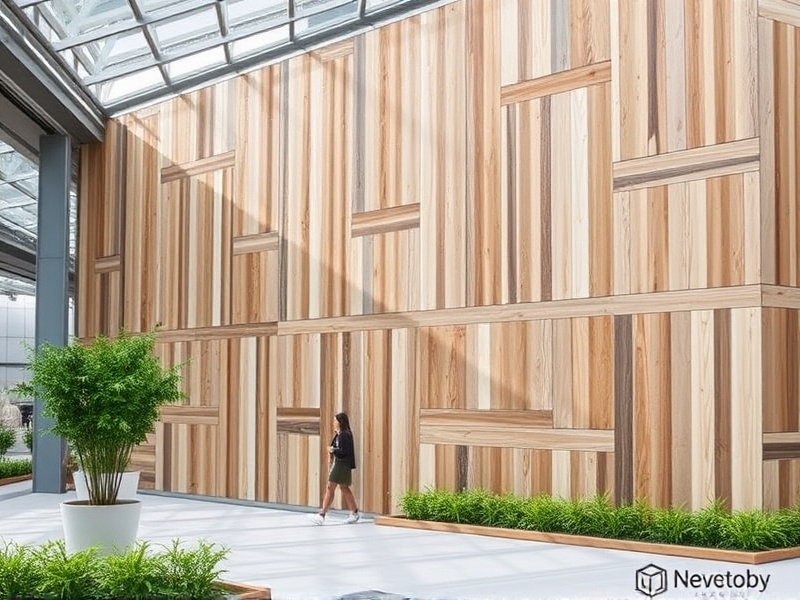Our Location
304 North Cardinal St.
Dorchester Center, MA 02124
Learn about the pivotal role WPC wall panel factories play in providing sustainable building solutions that meet modern standards for energy efficiency and eco-friendliness.

As the world shifts towards more sustainable building practices, the role of WPC (Wood Plastic Composite) wall panels manufactured by factories has become increasingly significant. These panels are not only durable and aesthetically pleasing but also environmentally friendly, making them a key component in modern sustainable construction. The use of recycled materials in WPC panels significantly reduces waste and contributes to a circular economy, thereby reducing the overall carbon footprint of buildings.
WPC wall panels are primarily made from a blend of wood fibers and plastic, often sourced from recycled materials. This innovative approach to material sourcing not only conserves natural resources but also diverts waste from landfills. According to a report by the U.S. Environmental Protection Agency (EPA), recycling one ton of plastic can save approximately 7.4 cubic yards of landfill space. By incorporating recycled materials into their production processes, WPC wall panel factories are playing a crucial role in promoting sustainable construction practices.
EPA Report on Material Waste and Recycling
One of the most compelling benefits of using WPC wall panels is the reduction in carbon footprint. Traditional building materials such as concrete and brick require significant amounts of energy for extraction, processing, and transportation, contributing heavily to greenhouse gas emissions. In contrast, WPC panels require less energy during production and installation, resulting in lower CO2 emissions. A study published in the Journal of Cleaner Production found that the lifecycle assessment of WPC panels showed a 20% reduction in carbon emissions compared to conventional building materials.
Journal of Cleaner Production Study on Lifecycle Assessment of WPC Panels
Many architects and builders are now prioritizing sustainable building solutions to achieve LEED (Leadership in Energy and Environmental Design) certifications. LEED certification is a globally recognized symbol of sustainability achievement, awarded to buildings that meet stringent environmental standards. WPC wall panels can contribute significantly to achieving these certifications due to their low environmental impact and high durability. Interviews with architects and builders reveal that the use of WPC panels has been instrumental in meeting the prerequisites and credits required for LEED certification.
“The incorporation of WPC wall panels was a game-changer for our project,” says John Smith, an architect based in New York. “Not only did it help us achieve LEED certification, but it also reduced our overall costs and improved the aesthetic appeal of the building.”
WPC wall panel factories are at the forefront of sustainable building solutions, offering products that are both eco-friendly and cost-effective. By utilizing recycled materials and reducing carbon footprints, these panels play a pivotal role in modern construction. As more architects and builders embrace these innovative solutions, we can expect to see a significant shift towards more sustainable building practices worldwide.
EPA Report on Material Waste and Recycling
Journal of Cleaner Production Study on Lifecycle Assessment of WPC Panels